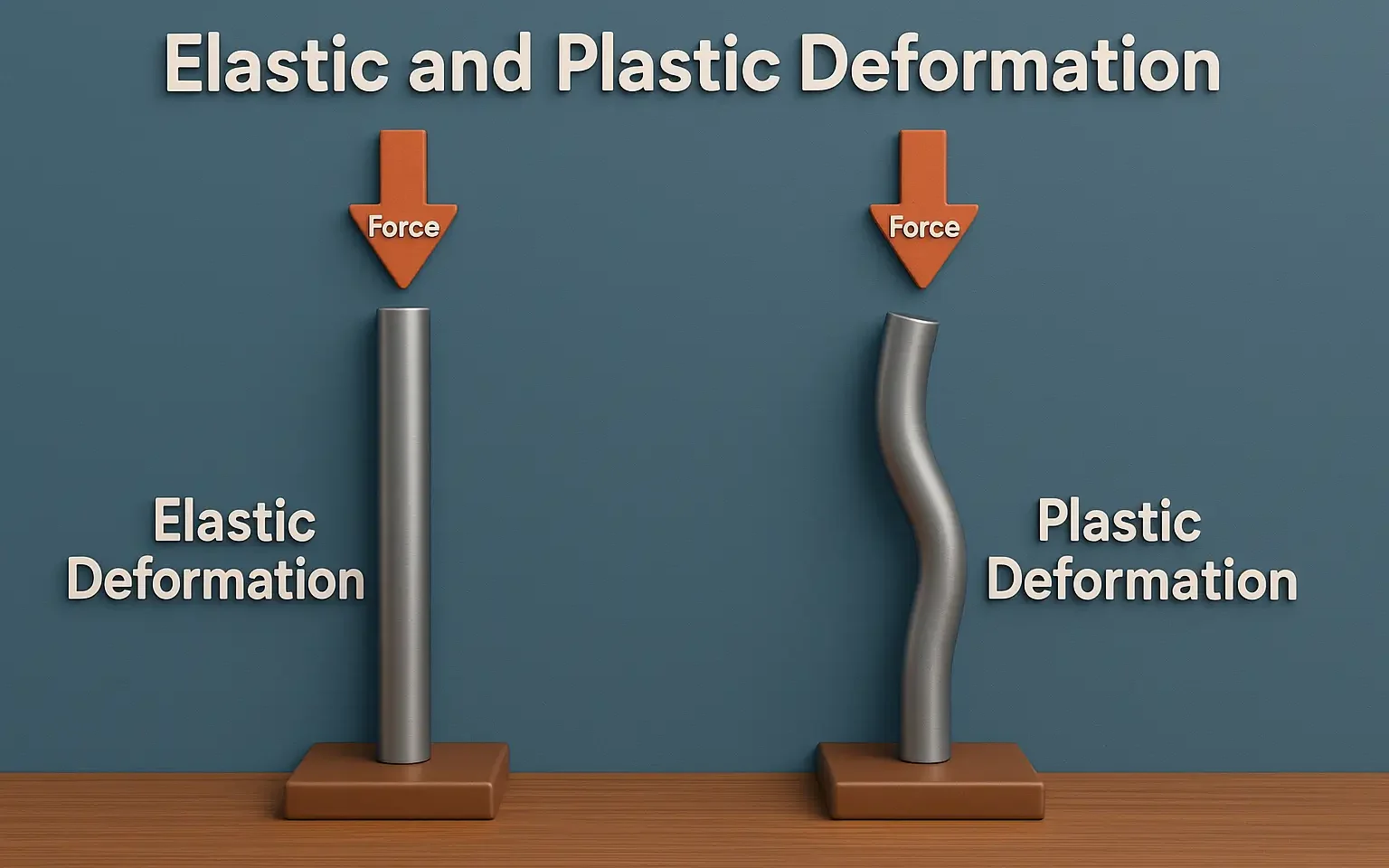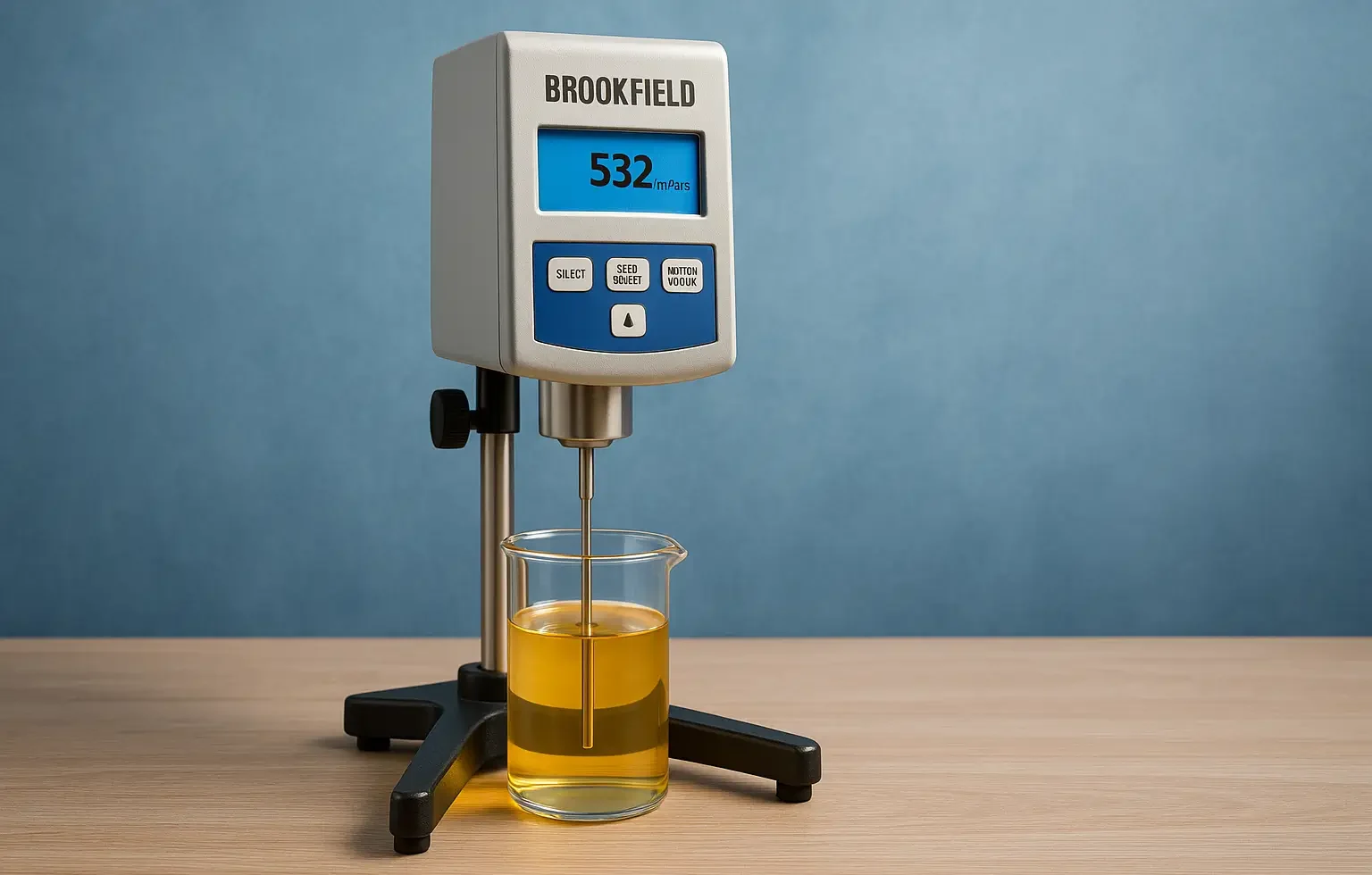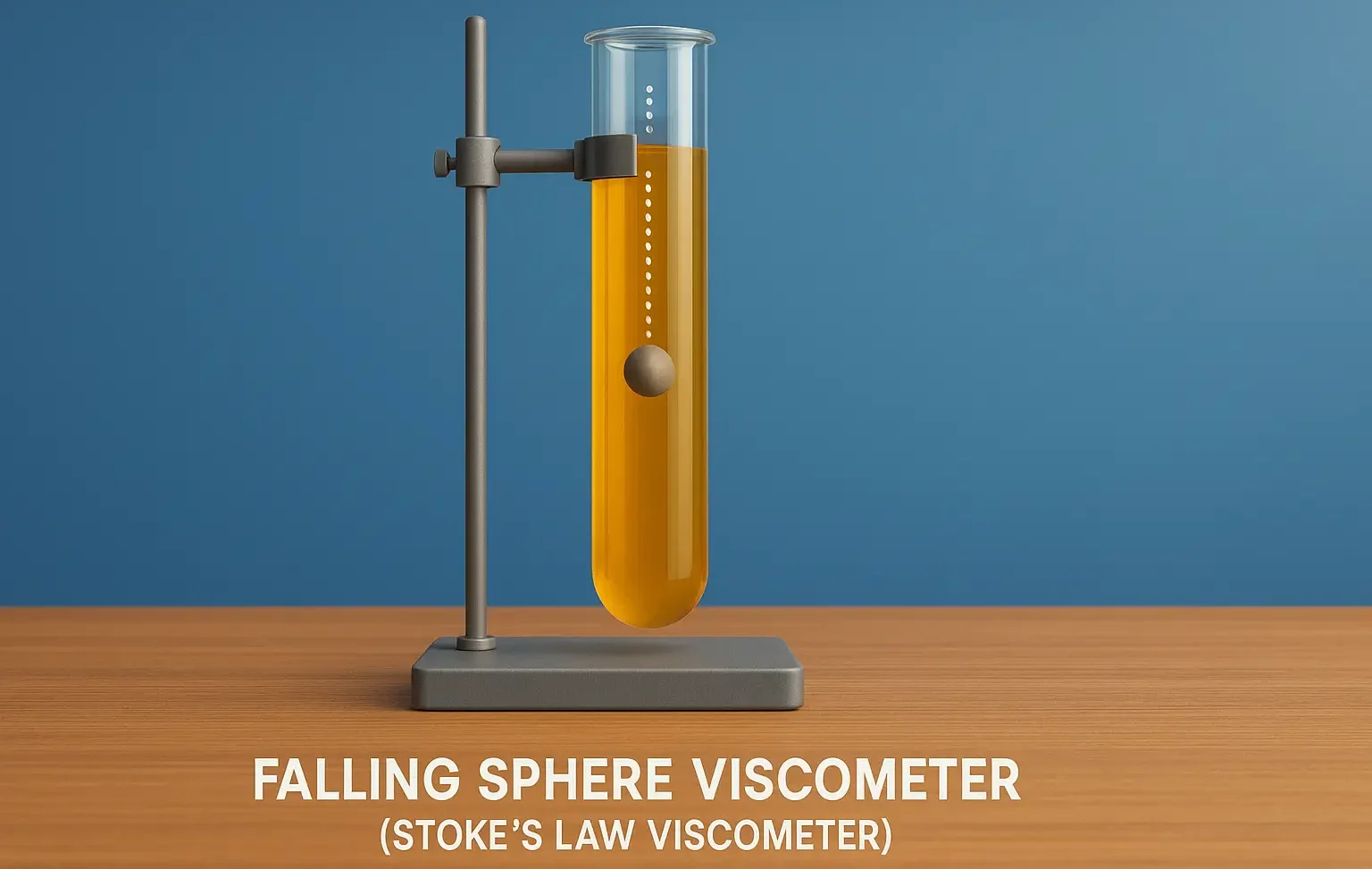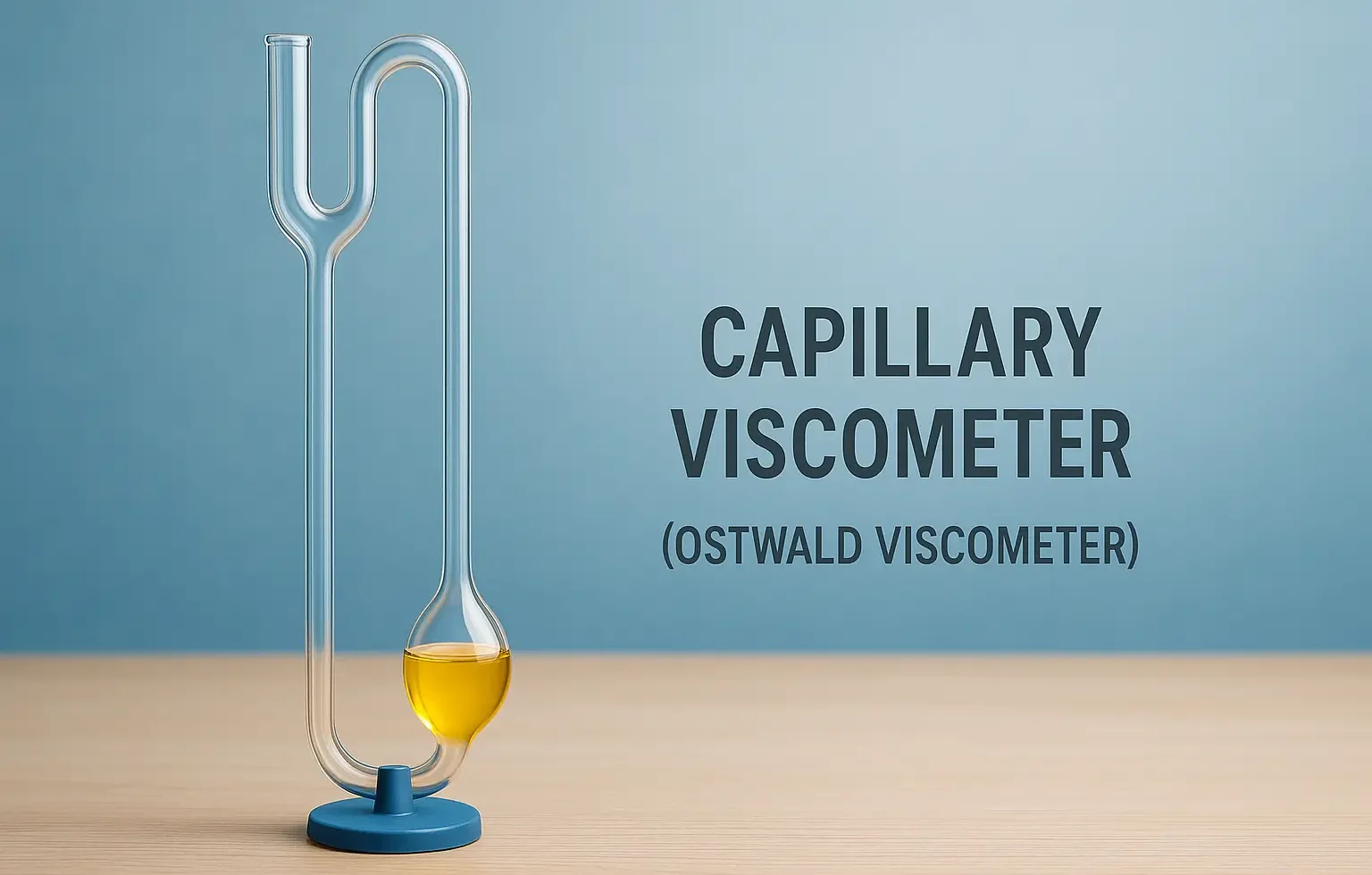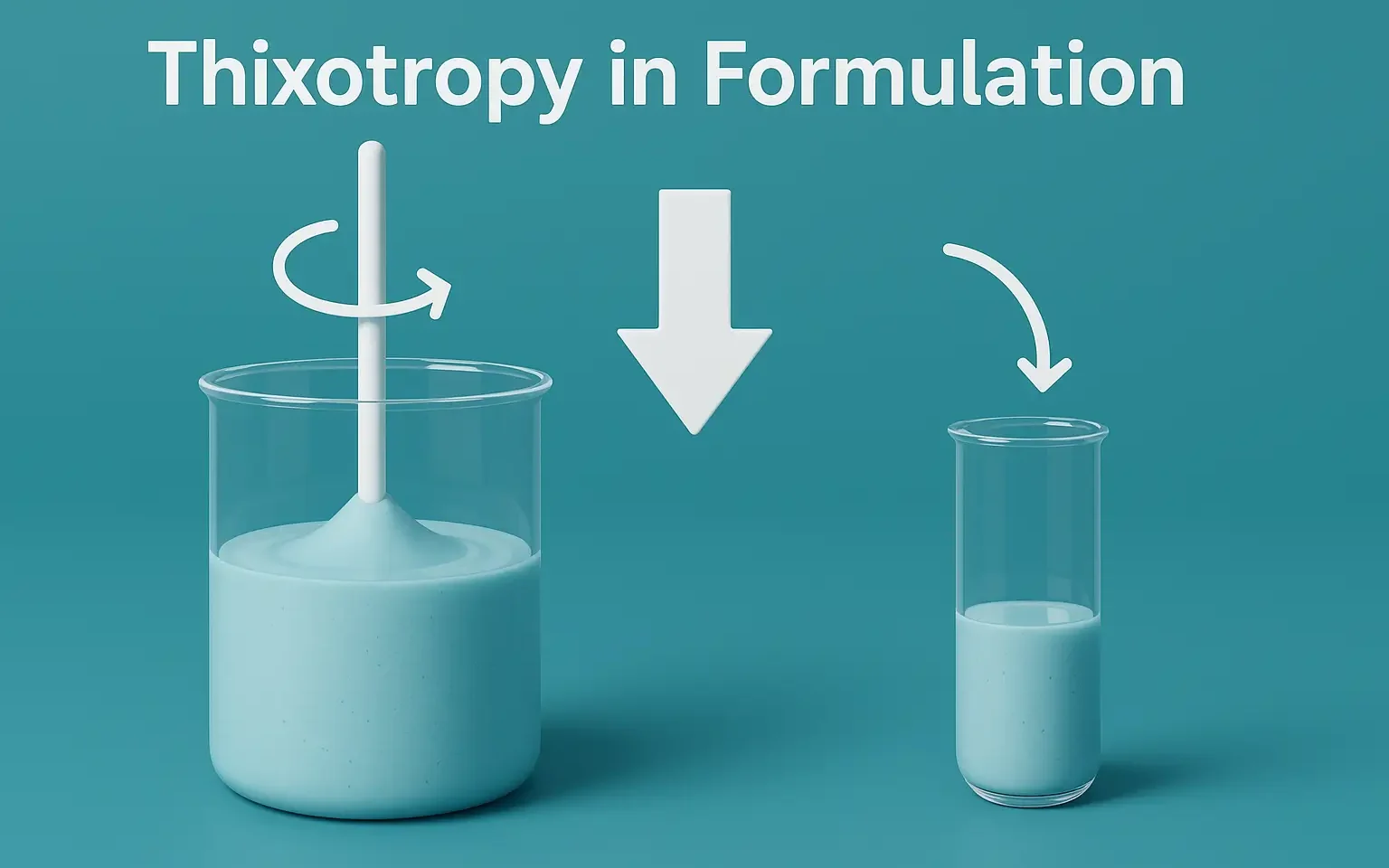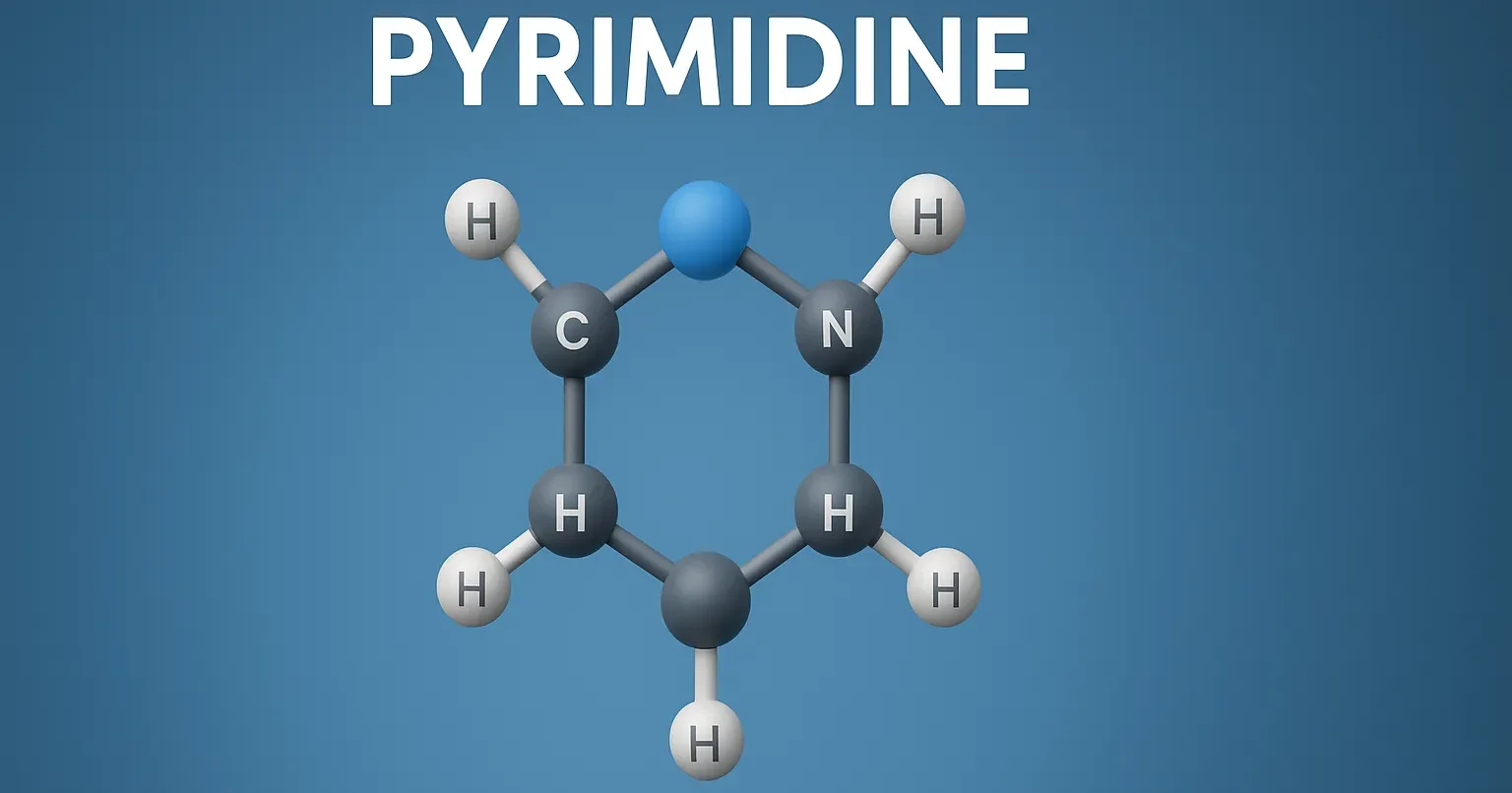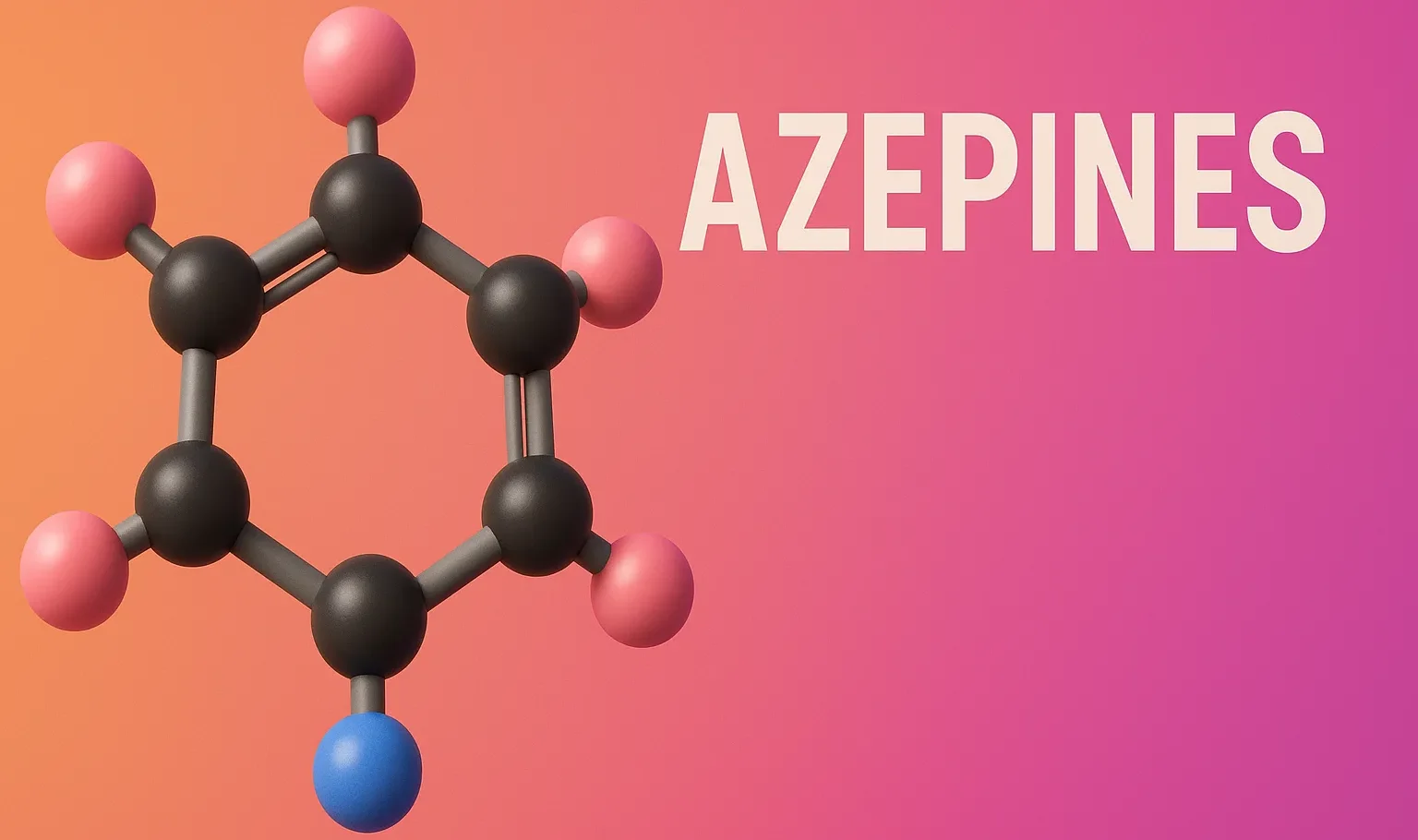Stress And Strain
Stress and Strain help study elasticity, plasticity, and strength of engineering materials. Stress and Strain explain material response—stress is force per area; strains is deformation ratio. Stress (σ) Definition: Stress is the internal force per unit area exerted by a material when an external force is applied. Formula: $\sigma = \frac{F}{A}$ Where: σ = stress … Read more



